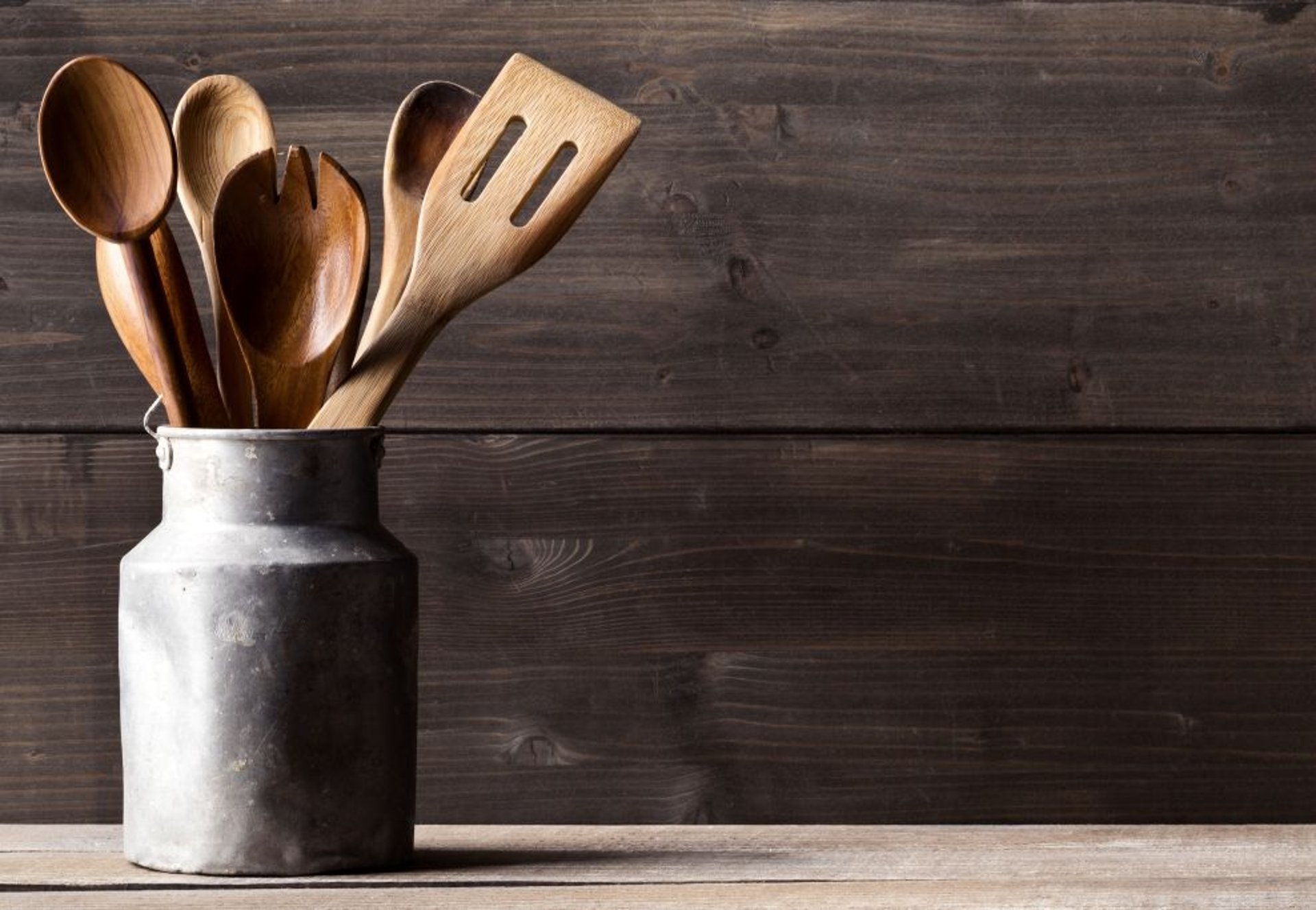
What Do I Need To Start?
You don't need to spend a million dollars for million dollar results

Whether you're just starting your kitchen journey or upgrading your essentials, having the right tools makes all the difference. Here’s a breakdown of the must-have kitchen equipment that will streamline your cooking, improve consistency, and enhance your overall experience.
All of the products I recommend are ones I personally use and trust in my own kitchen. I never suggest anything I haven't tested myself. Please note that some product links may be affiliate links, which means I may earn a small commission—at no extra cost to you—to help support the ongoing costs of running this website.
Appliances & Specialty Tools
Food Processor
One of my favorites! A good food processor makes chopping, slicing, and pureeing effortless. However, not all food processors are created equal—lower-end models tend to break up food inconsistently, leading to uneven cooking. No one wants a mix of overcooked and undercooked vegetables on their plate!
💡 Tip: Invest in a trusted brand with great reviews. I currently use the Cuisinart 14-Cup© and Mini-Prep© food processors.
Stand Mixer
A stand mixer is the workhorse of the kitchen. While a hand mixer is great for small jobs, a stand mixer makes kneading bread mixing sausage, or prepping large batches of meatballs easier and more uniform.
💡 Tip: Look for sales, especially on Black Friday, as quality stand mixers can last for years. I currently use the KitchenAid Pro Mixer©, but I also had great success with the Classic Tilt-Head Mixer© for over 10 years.
Blender: More Than Just Smoothies!
A high-quality blender is one of the most versatile kitchen appliances you can own. While it’s great for smoothies, its potential goes far beyond that!
How I Use My Blender:
✔️ Mirepoix & Sauces – Blend mirepoix for smooth, flavorful gravies and sauces.
✔️ Tomato Sauce & Salsa – Puree whole canned or fresh tomatoes for silky sauces or rustic salsas.
✔️ Soups – Some blenders, like my Vitamix, generate heat while blending—perfect for making hot tomato soup from scratch!
✔️ Nut Butters & Dressings – Easily create homemade nut butters, salad dressings, and marinades.
💡 Tip: Invest in a top-rated blender—a high-quality model will last for years. I currently use a Vitamix, and it blends anything effortlessly!
Cookware Essentials
Pots & Pans
With thousands of cookware brands available, picking the right ones can be overwhelming. Expensive doesn’t always mean better! I’ve tried more than my share of cookware that disappointed me in just a few months.
💡 My top recommendations:
Cast Iron Skillet: A must-have! Nothing beats the flavor and crust you get from cooking steak or chicken in cast iron. I stopped grilling steaks because my USA-made Lodge® cast iron pan delivers better results. I love the 12" round skillet from Lodge and use it often.
Ceramic Sauté Pan: I currently use the Redchef Hybrid Frying Pans and love the ability to sear and saute with easy cleanup.
Stainless Steel Saucepans: Avoid non stick saucepans—go for heavy-base stainless steel for better heat distribution. I've been using Cooks Standard pans for over six years and they still look brand new.
Dutch Oven: I use my Le Creuset dutch oven on a weekly basis. It still looks brand new after 3 years of constant use and is a breeze to clean.
Knives & Cutting Tools
Chef’s Knife (Your Kitchen Workhorse!)
Your chef’s knife is the most important knife in your kitchen. I use an 8" chef’s knife, but 10" or 12" knives make cutting large items like cabbage easier.
💡 Choosing the right size: Pick a knife that feels natural in your hand—there’s no wrong choice!
Other Essential Knives:
Paring Knife (3" & 5") – Perfect for peeling and slicing small produce.
Bread Knife (Serrated Blade) – Essential for slicing through crusty bread without crushing it.
Optional, but great to have: Boning knife, Santoku knife.
The Electric Knife: Old-School, Controversial, and Underrated
Some kitchen tools spark debate, and the electric knife is certainly one of them. Considered old-school by some and unnecessary by others, it remains a surprisingly useful gadget. Inexpensive and efficient, an electric knife delivers perfect cuts on everything from roasts and chicken to heads of lettuce, cabbage, and fresh-baked bread.
I find myself reaching for mine often, especially when plating dishes for my website. The clean, effortless slices make for a more polished presentation—something a traditional knife doesn’t always guarantee. Sure, a well-sharpened chef’s knife gets the job done, but there’s something to be said for the precision and uniformity of an electric knife.
Love it or hate it, this classic kitchen tool still earns its place in my kitchen.
Knife Care Tips:
Buy a knife sharpener! A dull knife is more dangerous than a sharp one, as it requires extra pressure and increases the risk of slipping.
Skip the all-in-one knife block sets unless you know the brand’s quality such as this one.
Never put knives in the dishwasher! I use Mercer© and Henckels© knives and always hand wash them.
Measuring & Precision Tools
Kitchen Scale
Many of my recipes (and professional recipes) use metric measurements for consistency. Why? Because a cup of flour can weigh differently every time depending on how it’s measured. Weighing ingredients ensures the same flavor and texture in every batch.
💡 Tip: Any digital kitchen scale will work—just pick one up!
Meat Thermometer
Nothing is worse than overcooked or undercooked meat. A digital meat thermometer takes the guesswork out of cooking steaks chicken, and roasts.
💡 Tip: I use the ThermoMaven Pro©, and it’s been a game-changer!
Basic Kitchen Tools (In No Particular Order)
Spatulas – A mix of silicone and metal is best.
Sauté Spoons & Turners/Scrapers – I love my Rubbermaid© Scraper!
Silicone-Coated Tongs – Protects nonstick pans while giving a strong grip.
Metal Whisks – Essential for sauces, batters, and eggs.
Measuring Spoons & Dry Measuring Cups (Metal, not Plastic!)
Liquid Measuring Cup (at least 2-Cup capacity)
Conventional Rolling Pin – Designed with ball bearings for smooth, effortless rolling, making it easy to handle even stiff doughs.
French Rolling Pin (Optional but Handy) – Ideal for rolling out pie dough with precision, offering better control and a more delicate touch.
Meat Mallet – Metal mallet with a smooth and knurled side.
Plastic boards are fine, but I prefer a small butcher block board for vegetables.
Silicone Mat – Holds down bowls and cutting boards for stability.
Final Thoughts
Stocking your kitchen with the right tools makes cooking more efficient, enjoyable, and consistent. Whether you’re slicing, sautéing mixing, or measuring, investing in quality equipment will elevate your cooking experience.
